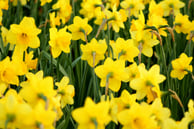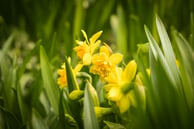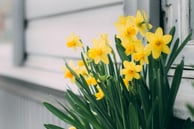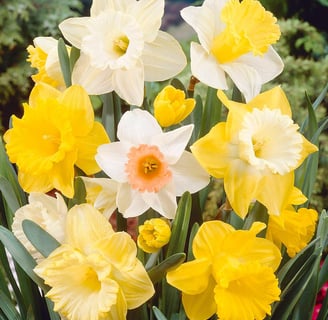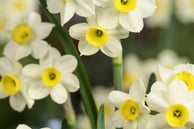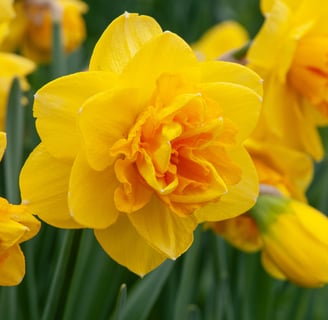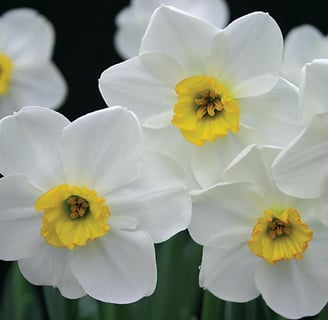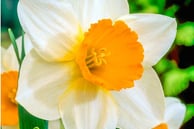The Dazzling World of Daffodils
3/12/20245 min read
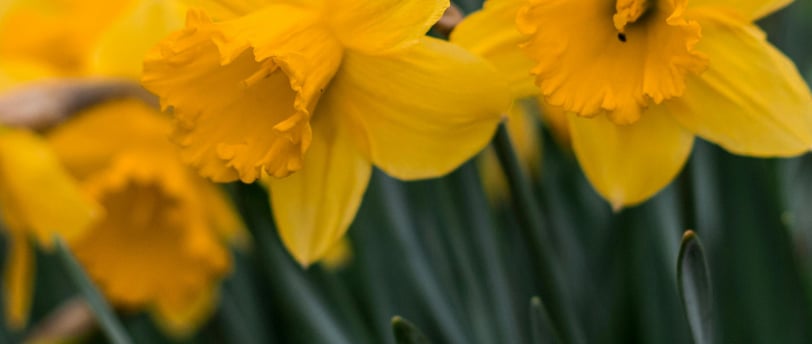

Daffodils, with their captivating blooms and profound symbolism, retain their allure among gardeners and flower enthusiasts across the globe. Whether gracing gardens, landscapes, or floral displays, they infuse any setting with elegance and joy. With their enduring beauty and low-maintenance needs, Daffodils are to endure as cherished favorites for generations to come.
Daffodils, with vibrant hues and delicate blooms, is a perennial favorite among gardeners and flower enthusiasts worldwide. These charming flowers, also known as Narcissus, belong to the Amaryllidaceae family and are cherished for their beauty, resilience, and symbolism.
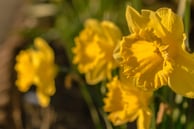

Origin:
Daffodils are native to the Mediterranean region, with their roots tracing back to ancient Greece and Rome. The name "Narcissus" is derived from Greek mythology, where Narcissus, a handsome young man, fell in love with his own reflection in a pool of water and transformed into a flower. Throughout the ages, these flowers have undergone cultivation and hybridization, leading to the broad spectrum of varieties observed in modern times.


Historical Significance:
Daffodils, are revered for their beauty and symbolism across various forms of expression - art, literature, and cultural practices. In ancient Greek mythology, the Narcissus flower is associated with the story of Narcissus, a youth who falls in love with his own reflection. Daffodils are regarded as symbols of rebirth, new beginnings, and the arrival of spring. This symbolism has led to their frequent incorporation into religious ceremonies, celebrations, and seasonal traditions throughout history.
Colors:
Daffodils are commonly in shades of yellow and white, with variations in hue ranging from pale lemon to rich golden tones. However, some varieties also exhibit orange, pink, or even green accents, adding to the diversity of colors available.
Varieties:
Daffodils come in multiple varieties, each distinguished by its unique characteristics, including flower shape, size, and color. Some popular daffodil varieties include:
Trumpet Daffodils: Characterized by their large, trumpet-shaped central corona surrounded by six petals, trumpet daffodils are among the most recognizable daffodil varieties. Examples include 'King Alfred' and 'Dutch Master'.
Large-Cupped Daffodils: Large-cupped daffodils feature a central corona, significantly larger in size than the surrounding petals, creating a striking visual impact. Varieties include 'Ice Follies' and 'Carlton'.
Small-Cupped Daffodils: Small-cupped daffodils have a central corona, smaller than the petals, giving them a delicate appearance. Examples include 'Jetfire' and 'Tete-a-Tete'
Double Daffodils: Double daffodils boast multiple layers of petals, creating a fluffy and ruffled appearance reminiscent of peonies. Varieties include 'Tahiti' and 'Golden Ducat'
Miniature Daffodils: Miniature daffodils may be diminutive in size, but they boast considerable charm, rendering them perfect for rock gardens, containers, and borders. Notable examples of these petite varieties include 'Minnow' and 'Toto'.
Planting and Care:
Daffodils are relatively easy to grow and require minimal maintenance to thrive. Here are some planting and care tips for daffodils:
Planting: Choose a sunny or partially shaded location with well-drained soil. Plant daffodil bulbs in the fall, at a depth of 6-8 inches and spacing them 4-6 inches apart. Water thoroughly after planting.
Watering: Daffodils prefer moderately moist soil but can tolerate periods of drought once established. Water deeply during dry spells, but avoid over-watering to prevent bulb rot.
Fertilizing: Apply a balanced fertilizer in the spring when foliage emerges and after flowering to promote healthy growth and bloom development.
Mulching: Apply a layer of organic mulch, such as shredded leaves or compost, around daffodil plants to conserve moisture, suppress weeds, and insulate soil temperature.
Pruning involves removing spent flowers to redirect the plant's energy towards bulb development rather than seed production. Allow foliage to yellow and wither naturally before removing to allow nutrients to return to the bulb for next year's growth.
Special Events:
Several special events and festivals celebrate the beauty of daffodils and their significance in culture and tradition. One notable event is the Keukenhof Gardens in the Netherlands, often known as the "Garden of Europe," where millions of daffodils bloom each spring, attracting visitors from around the globe. Additionally, many cities and towns host daffodil festivals featuring parades, garden tours, and floral displays showcasing the beauty and diversity of daffodil varieties.
